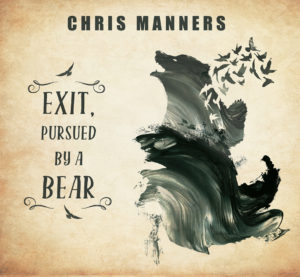First printed in Keighley News, on behalf of Airedale Writers’ Circle, August 2018
Highlight of a busy Saturday at Bradford Literary Festival was a talk by the music journalist David Hepworth, long-time familiar face from the much-missedThe Old Grey Whistle Test.
OGWT was a showcase for the sort of ‘progressive’ music that rarely featured on Top of the Pops. TOTP was accessible, commercial, and devoted to the singles chart. Whistle Test was all introspective singer-songwriters, extended blues workouts and impenetrable lyrics. A show for those who preferred whole albums to three-minute singles.
And that was Hepworth’s subject: the magic of the 12” vinyl long-playing record.
It was a perfect package: a luxury purchase but an affordable one, so the discerning music lover had to think hard about which to choose with this month’s pocket money. It was light enough to be carried easily (typically to and from school on the bus, under one arm) but also large enough to allow graphic designers to flex creative muscles and the poetic to include deep and meaningful lyrics. And, at twenty minutes or so per side, it was a perfect length: set the record player going, sit back and listen carefully.
There was a golden age, he argued, and a café-full of nostalgic music lovers agreed with him: a period of perhaps ten years from the mid-1960s, when the album became more than just a collection of songs. Think of Sergeant Pepper first, and follow the trail from there.
And then what? Changing formats, basically: the arrival of the cassette tape and the Sony Walkman with which to play it. Record players had once been as big as sideboards, and too heavy a footstep could send the stylus skittering across the record’s grooves. Audio equipment became smaller, lighter, and music became portable, could go with you anywhere: on the bus, in the car. We were liberated. At about the same time, MTV arrived and a video became an essential part of the musical package; by the time Michael Jackson recorded Thriller the emphasis was back on individual songs, highly polished and produced.
The process continues: I can stream music to my phone, where and whenever I am, and choose from over a century of recordings world-wide. And watch it too, on YouTube; that’s an absolute joy. Don’t have to be careful handling anything for fear of scratching the surface and ruining it, either.
But with the gains, there’s also something lost. There was a glamour to a record sleeve that CDs never matched. Worse, we’ve lost the focus we once brought to our listening. There’s music playing in the background as I type this, and my feet are tapping. But am I really listening? No. It’s become a soundtrack to daily life, not a thoughtful break from it.
That’s enough. I’m going to stop now, and listen to a record.

